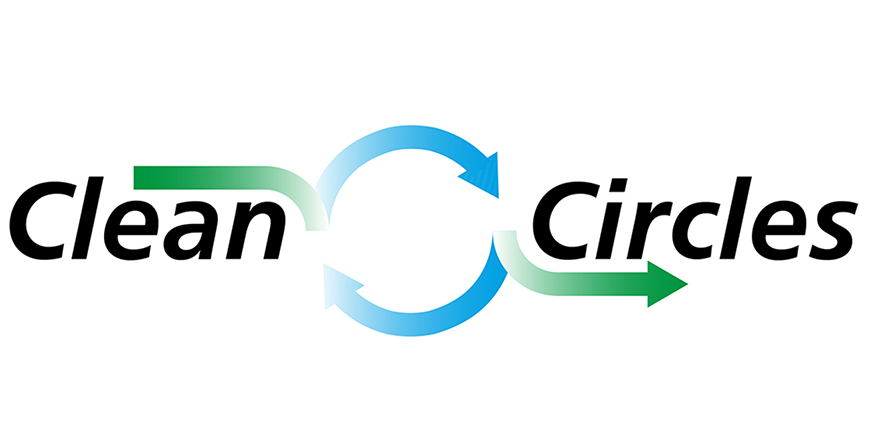Green iron making by hydrogen-based reduction of iron oxides
Talk by Prof. Dierk Raabe, Max-Planck-Institut für Eisenforschung (MPIE)
2022/06/28
On 28 June 2022 at 16:00, Prof. Dierk Raabe (Max-Planck-Institut für Eisenforschung) will give a lecture on hydrogen-based reduction of iron oxides. The process is particularly relevant for the steel industry, which needs to curb its carbon emissions. The lecture is entitled “Green iron making by hydrogen-based reduction of iron oxides” and will be held online.
More than 1.8 billion tons of steel are produced every year, making it the most important alloy in terms of volume and impact. While steel is a sustainability enabler, through lightweight car parts, long lasting infrastructures, wind farms and magnets, its primary production is not.
Iron is reduced from its ores using carbon. This produces more than two tons of CO2 per ton of steel, standing for 35% of the global CO2 emissions in manufacturing.These emissions can be reduced when replacing carbon by hydrogen or its carriers as reductant.
The lecture presents some recent progress in understanding the key mechanisms of hydrogen-based direct reduction and plasma reduction. The kinetics of the solid state reduction reactions strongly depend on mass transport kinetics, nucleation during the multiple phase transformations, the oxide’s chemistry and microstructure, and on plasticity, damage and fracture associated with the phase transformation and mass transport phenomena occurring during reduction. In hydrogen-based plasma reduction the key mechanisms lie in the plasma states, their reactivity, impurity effects and the interplay of molten metal, oxides and plasma.
Understanding these effects is key to produce hydrogen-based green iron and design corresponding direct reduction shaft or fluidized bed reactors or plasma reactors, enabling massive CO2 reductions [1–5]. Links to the combustion of metal powders will also be discussed.
Prof. Dr.-Ing. Dierk Raabe is Director at the Max-Planck-Institut für Eisenforschung (MPIE) and heads the Department of Microstructure Physics and Alloy Design. The research group Sustainable Synthesis of Materials aims to increase the direct sustainability of structural and functional metals.
Literature
[1] youtube: Sustainable Metallurgy, Green Steel and Green Metals
[2] Raabe D, Tasan CC, Olivetti EA. Strategies for improving the sustainability of structural metals. Nature. 2019 Nov; 575 (7781): 64-74.
[3] SH Kim, X Zhang, Y Ma, IR Souza Filho, K Schweinar, et al. Influence of microstructure and atomic-scale chemistry on the direct reduction of iron ore with hydrogen at 700° C, Acta Materialia, 2021
[4] IR Souza Filho, Y Ma, M Kulse, D Ponge, B Gault, et al. Sustainable steel through hydrogen plasma reduction of iron ore: Process, kinetics, microstructure, chemistry, Acta Materialia, 2021
[5] Souza Filho IR, Springer H, Ma Y, Mahajan A, da Silva CC, Kulse M, et al. Green steel at its crossroads: Hybrid hydrogen-based reduction of iron ores. J Clean Prod 2022;340:130805.

